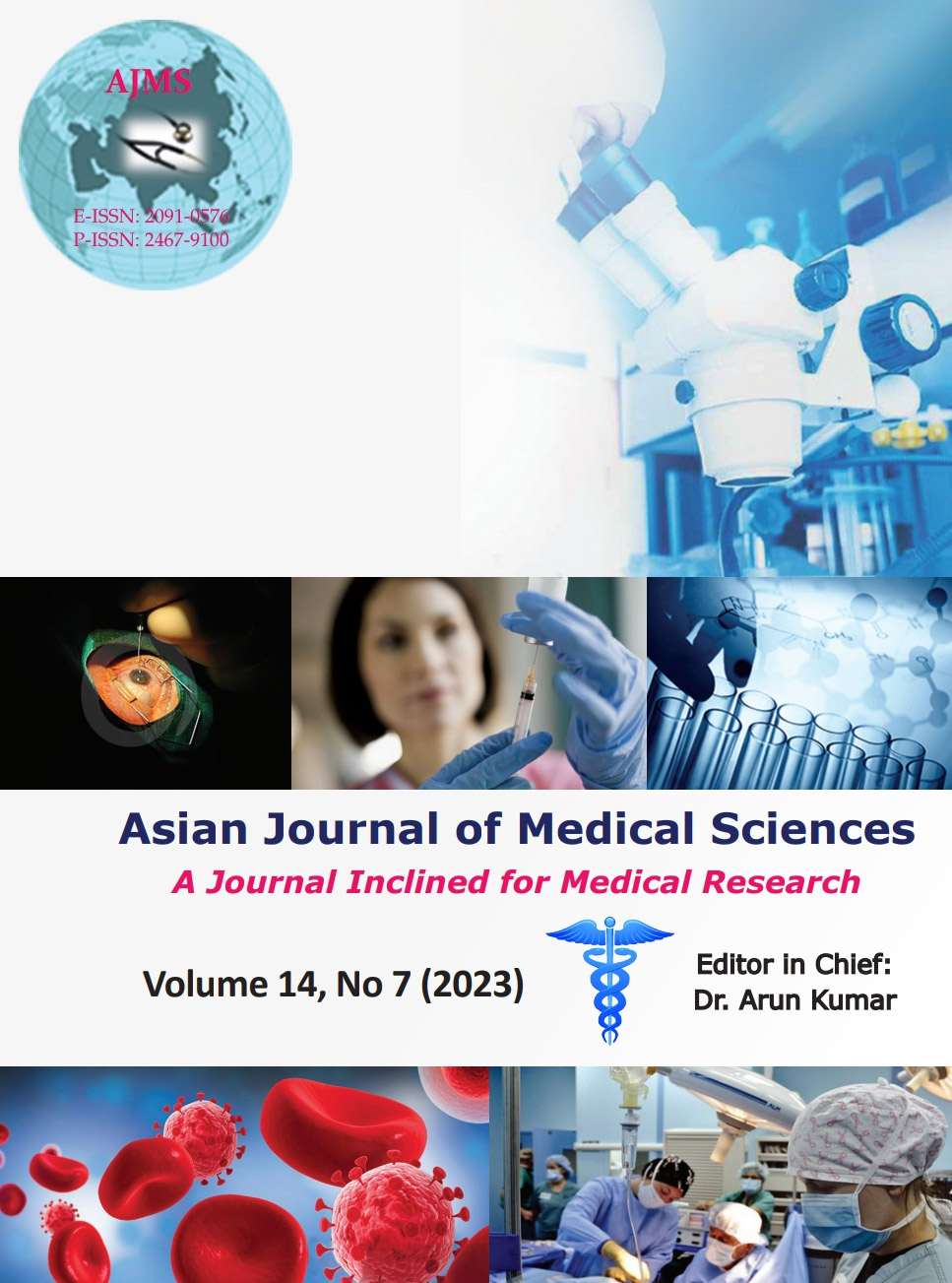Effect of preemptive ultrasound-guided TAP block on intraoperative analgesic requirements in patients undergoing laparoscopic gynecological surgeries under general anesthesia: A prospective, randomized controlled study
Keywords:
Transverse abdominus plain block; Laproscopic gynacological surgeries; Pre-emtive analgesia; Pre-operative transverse abdominus plain blockAbstract
Background: Pain could lead to an increased consumption of opioids intraoperatively as well as postoperatively with subsequent side effects and prolonged post-operative recovery. Transverse abdominus plain (TAP) block is commonly used for post-operative analgesia. We wanted to study the effect of TAP block, when given as pre-emtive analgesia.
Aims and Objectives: The study was conducted to ascertain the benefit TAP block when given before surgical incision. The primary objective was to study the intraoperative fentanyl requirement in patients undergoing Laparoscopic gynecological surgeries. The secondary objectives was to analyze the Intra-operative hemodynamic parameters, time needed to extubate the patient, sedation score, visual analog scale (VAS) scores, and the time of first rescue analgesia.
Materials and Methods: Sixty-two eligible female patients posted for total laproscopic hysterectomy or Laproscopic-assisted Vaginal Hysterectomy coming were divided into two groups. Group A – Standard General Anaesthesia with pre-operative TAP block. Group B- Standard General Anaesthesia. Whenever there was 15% rise in heart rate (HR) or mean blood pressure (MBP) above the baseline, 20 mcg bolus of fentanyl was given. Total intra-operative Fentanyl consumption, intraoperative HR and MBP, time needed to extubate, post-operative sedation, VAS score, and time of first rescue analgesia was noted.
Results: There was no difference in the demographic profile between two groups. The mean intraoperative fentanyl required was significantly higher in Group B (140.33±12.17 mcg) than in Group A (101.33±5.07 mcg). HR and MBP were lower in Group A throughout the procedure. The mean time of extubation was 5.4 min and 15.77 min in Group A and B. The mean sedation score observed was significantly higher up to 30 min in Group B. Mean Time of first rescue analgesia in Group A was 452.90±110.46 min and Group B was 240±89.13 min.
Conclusion: Pre-operative TAP block given in laparoscopic gynecological surgeries decreases intraoperative fentanyl consumption leading to early extubation and causes less sedation in early post-operative period.
Downloads
Downloads
Published
How to Cite
Issue
Section
License
Copyright (c) 2023 Asian Journal of Medical Sciences

This work is licensed under a Creative Commons Attribution-NonCommercial 4.0 International License.
Authors who publish with this journal agree to the following terms:
- The journal holds copyright and publishes the work under a Creative Commons CC-BY-NC license that permits use, distribution and reprduction in any medium, provided the original work is properly cited and is not used for commercial purposes. The journal should be recognised as the original publisher of this work.
- Authors are able to enter into separate, additional contractual arrangements for the non-exclusive distribution of the journal's published version of the work (e.g., post it to an institutional repository or publish it in a book), with an acknowledgement of its initial publication in this journal.
- Authors are permitted and encouraged to post their work online (e.g., in institutional repositories or on their website) prior to and during the submission process, as it can lead to productive exchanges, as well as earlier and greater citation of published work (See The Effect of Open Access).




